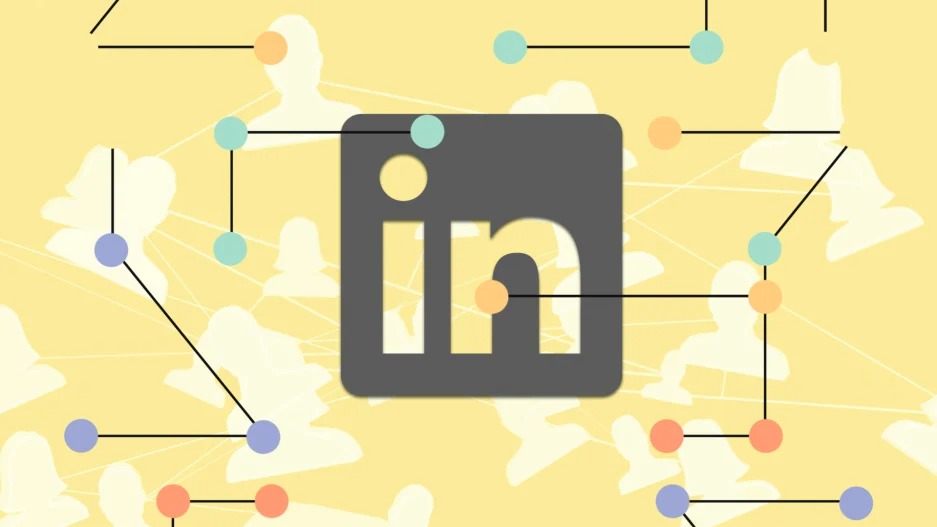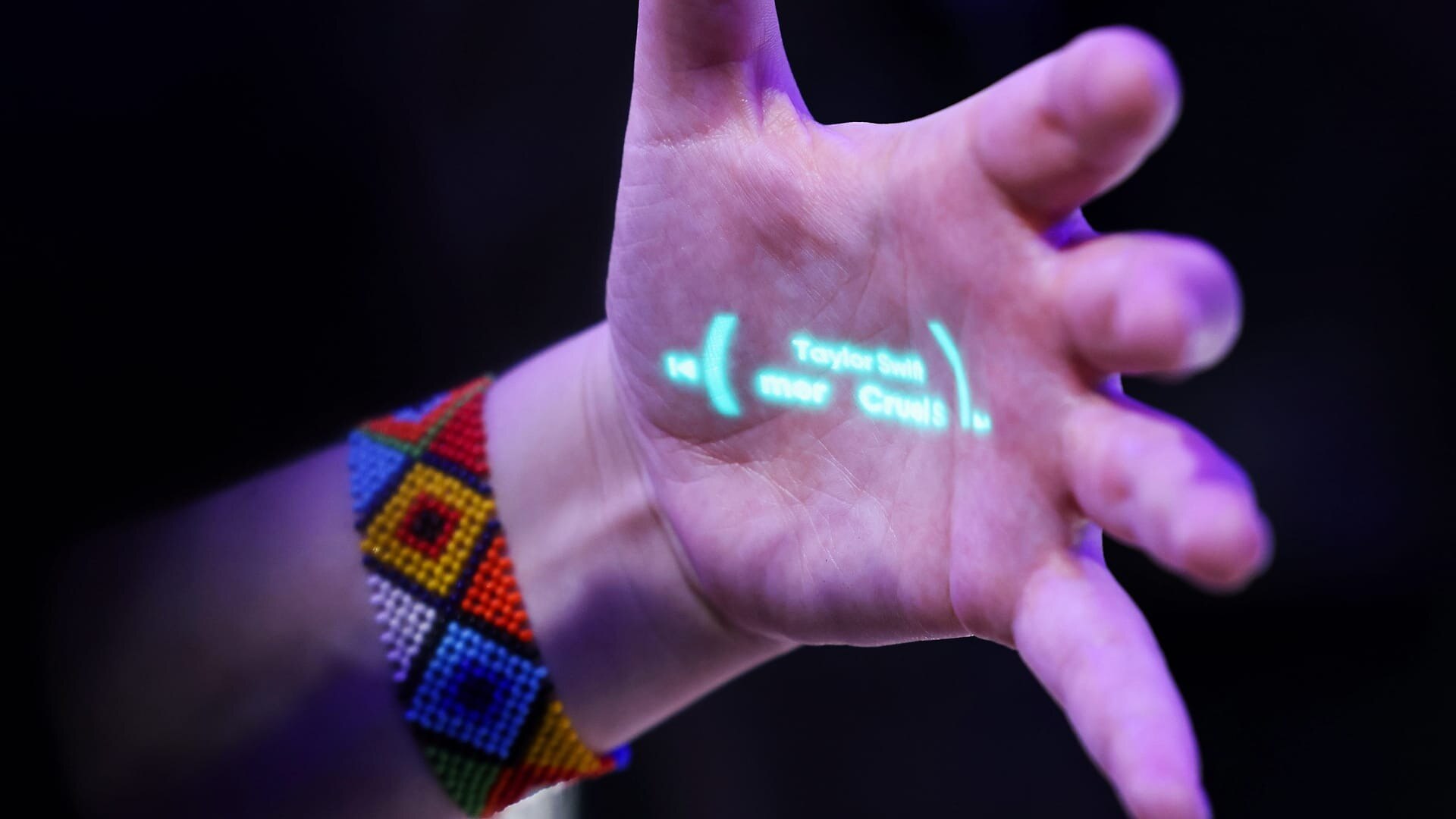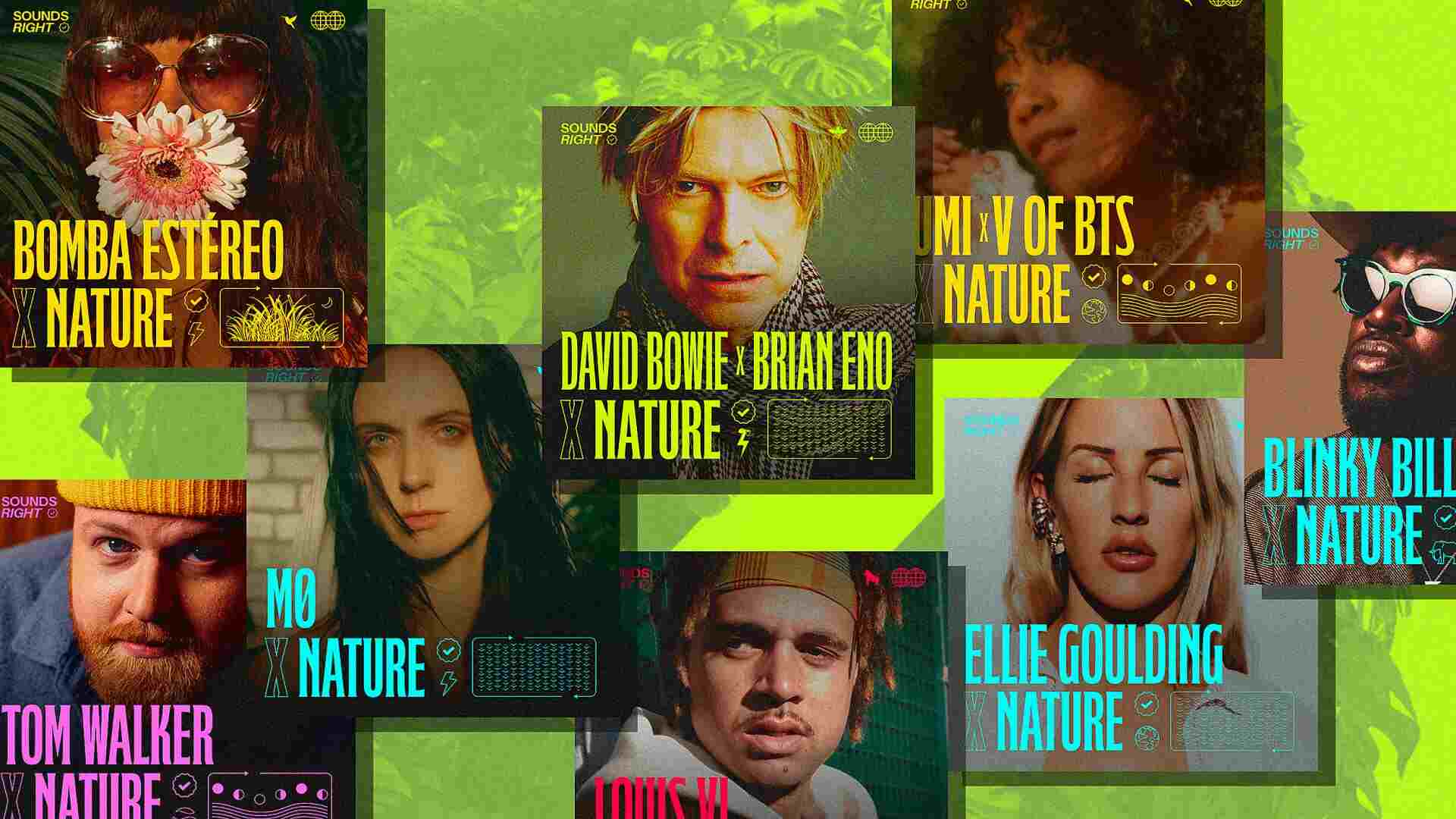- | 1:00 pm
The PayPal mafia gets all the attention, but look what LinkedIn’s diaspora has accomplished
LinkedIn has functioned as a bona fide startup factory for years. These insiders explain why.

In the nearly 20 years since LinkedIn went live, on May 5, 2003, the business-centric social network has helped a meaningful percentage of the world’s workers find a rewarding new job—maybe including you. What’s less known: It’s also has prided itself on boosting the careers of its own employees, many of whom have gone on to start their own companies.
The startups founded by LinkedIn alumni include Alchemy, Cameo, Confluent, Daffy, Notion, Segment, Superhuman, and Truepill. Even Figma—whose planned $20 billion merger with Adobe will be the biggest acquisition of a venture-backed startup ever, if completed—was cofounded by a one-time LinkedIn intern, Dylan Field. The roster is reminiscent of the legendary “mafia” of PayPal veterans who have fanned out throughout the tech industry, and it is still growing.
For this story, which is a companion piece to our new oral history of LinkedIn, we talked to some of these alumni—and their former bosses—about the role that LinkedIn has played in their own adventures in entrepreneurialism. They credit the company’s strong culture—particularly beginning when Jeff Weiner become CEO, in 2008—as well the unusual degree to which LinkedIn celebrates the fact that employees eventually depart in search of their own next big thing. The personal connections that these individuals made at the company also have helped; sometimes, LinkedIn executives became critical of early investors in their startups. The comments that follow have been edited for length and clarity.
Keith Rabois, LinkedIn VP of business and corporate development (2005-2007): I don’t think the first generation of LinkedIn employees really founded too many things. They were a little too nondestructive.
Jay Kreps, LinkedIn engineer (2007-2014); cofounder, Confluent: [Weiner] was very interesting to watch. He had a very strong focus on execution and operational details, on distilling and then amplifying our culture.
Arvind Rajan, LinkedIn VP, managing director (2008–2014); cofounder, Cricket Health: There’s a surprising number of people that we hired in individual contributor roles or manager level roles who had run a startup before. So they had that kind of DNA coming in. And we had a lot of people that we hired and we said, “Listen, you’ve had much bigger jobs before, but we want you to do this very small thing here.”
Rahul Vohra, cofounder Rapportive (acquired in 2012 by LinkedIn, where he stayed until 2014); founder, Superhuman: We’d acquired a lot of companies: Rapportive . . . CardMunch had happened a year or so earlier, and then Pulse, which was a news company. So there were a lot of phenomenal entrepreneurs coming and going.
Kreps: The company was good at attracting talent in many areas. We worked on that in the engineering area that I was in, and great people came into that, but the product team was extremely good.
LinkedIn’s eye for talent stretched all the way to its pool of interns.
DJ Patil, LinkedIn chief scientist (2008–2011), chief data scientist of the U.S. Office of Science and Technology Policy (2015-2017): I met Dylan [Field] at a conference when he was 16. He was sitting next to me in a session, and started to tell me about the kind of math problems he was interested in. It was clear that there was something very special about Dylan. His mom then made us convince him that he needed to go to college, and the goal was to get him to go for at least one year.
Dylan Field, LinkedIn intern (2010); cofounder, Figma: I was in my freshman year at Brown and [Patil] called me and got me in the interview cycle. He was like, “Hey, you want to intern at LinkedIn this summer on the data science team?” I knew that data science was this new term he was trying to propagate. But data science wasn’t a thing yet.
Patil: It was clear within a few weeks from the way he partnered with everyone that he wasn’t an intern but ready to be a full-blown employee.
Field: The founder of Alchemy and one of the founders of Segment were in that internship with me, as well as many friends that are now key leaders in engineering across Silicon Valley. It was kind of a wild class.
LinkedIn became known for encouraging employees to think ahead rather than look back—even if it led them elsewhere. Championed by Weiner, this attitude is known inside LinkedIn as “next play.”
Steven Galanis, LinkedIn account executive (2015-2017); cofounder, Cameo: It’s actually a metaphor that comes from [Duke Blue Devils] basketball coach Mike Krzyzewski, who has a philosophy where he always tells the team, “Focus on the next play.”
Jeff Weiner, LinkedIn CEO (2008-2020), executive chairman (2020-present): I first used it at LinkedIn at an all-hands when announcing that we were filing to go public. To this day, I’ve never seen a newly introduced concept internalized so quickly by so many and used to such great effect over such a long period of time. It essentially became our unofficial mantra.
Galanis: This whole idea of, “Whatever happened happened—go do the next thing” was really powerful. Coming from finance, I’d never had a career conversation [like that] with anybody.
Mike Gamson, LinkedIn general manager, VP, senior VP (2007-2019): A company shouldn’t lock the doors on its employees. We took the opposite approach, helping you leave anytime, make our legacy strong, carry the brand, go out into the world.
Galanis: The very first thing that came out of Mike Gamson’s mouth, the very first meeting I was in at the company, he said, “Welcome to LinkedIn. Two years from today, none of you will be doing the job that we just hired you for. Your job is to figure out your dream job, whether that’s internal or external, and figure out what skills you need to go and get that next job.”
Vohra: I remember my first one-on-one with [senior director of product management] Elliot Shmukler. I was like, “Hey, Elliot, I want you to teach me everything that you know about virality, because I just want to know. And I’m going to put it to work both at LinkedIn and also at my next company.”
When employees and alumni did hatch their own startups, they not only received encouragement but also sometimes investment dollars.
Field: The way I remember the story is, [Weiner] said, “Hey, if you end up starting a company, let me know.” The way Jeff remembers the story is, “When you start a company, I will fund it.” I like his version better. He ended up being our first investor for Figma. And then the entire reporting chain at LinkedIn also invested in the seed round. It was absolutely critical.
Galanis: I had the idea [for Cameo] my last quarter at LinkedIn. All the people that worked around me were obsessed with the idea. Many of them would leave LinkedIn in the coming years to come work for us. And three months after I left LinkedIn, Mike Gamson cold-called me and led the first major round in Cameo.
Helpful though financial support is, LinkedIn alumni who go on to start new companies talk most often about the culture and connections they bring with them. The company says that it remains proud of its commitment to spreading these assets far and wide.
Rajan: The culture at Cricket, it’s very much the same [as LinkedIn]. Maybe a few things are a little bit different.
Kothari: We just did our all hands [meeting] this morning. It’s very much built off the Jeff [Weiner] playbook because it reiterates our mission, vision, culture, and values.
Adam Nash, LinkedIn VP (2007–2011); Wealthfront CEO; cofounder, Daffy: A couple of weeks ago, I wrote a post about Daffy’s Series A and what we’ve learned from LinkedIn.
Rajan: I’ve invested in a bunch of companies started by LinkedIn alumni and advised a bunch of others. There has been a remarkable degree of collaboration among people who have been at LinkedIn.
Vohra: People talk about the PayPal mafia. I think the LinkedIn mafia is actually, if anything, even more impressive.
Gamson: “Mafia” is probably pejorative and inappropriate these days. “A LinkedIn alumni crew who care about each other.”
Teuila Hanson, LinkedIn chief people officer (2020-present): You still see it right now on the platform, when someone from LinkedIn leaves to go someplace else. You read the comments and see that energy and enthusiasm for people to go on and do what’s next for them.
Weiner: It’s deeply meaningful to me. I tried to surround myself with the kind of talent I always wanted to work with: people who dreamed big, got shit done, and knew how to have fun. Turns out that’s not only a pretty good way to build a company, it’s also a great way to encourage amazing people to do incredible things.






































